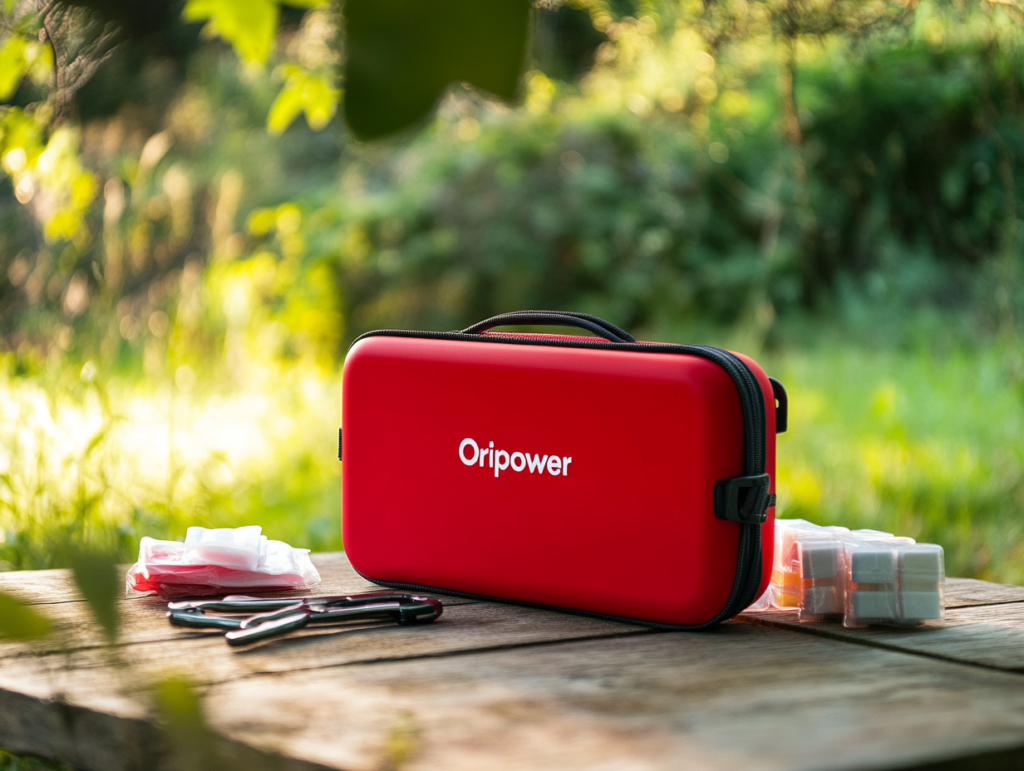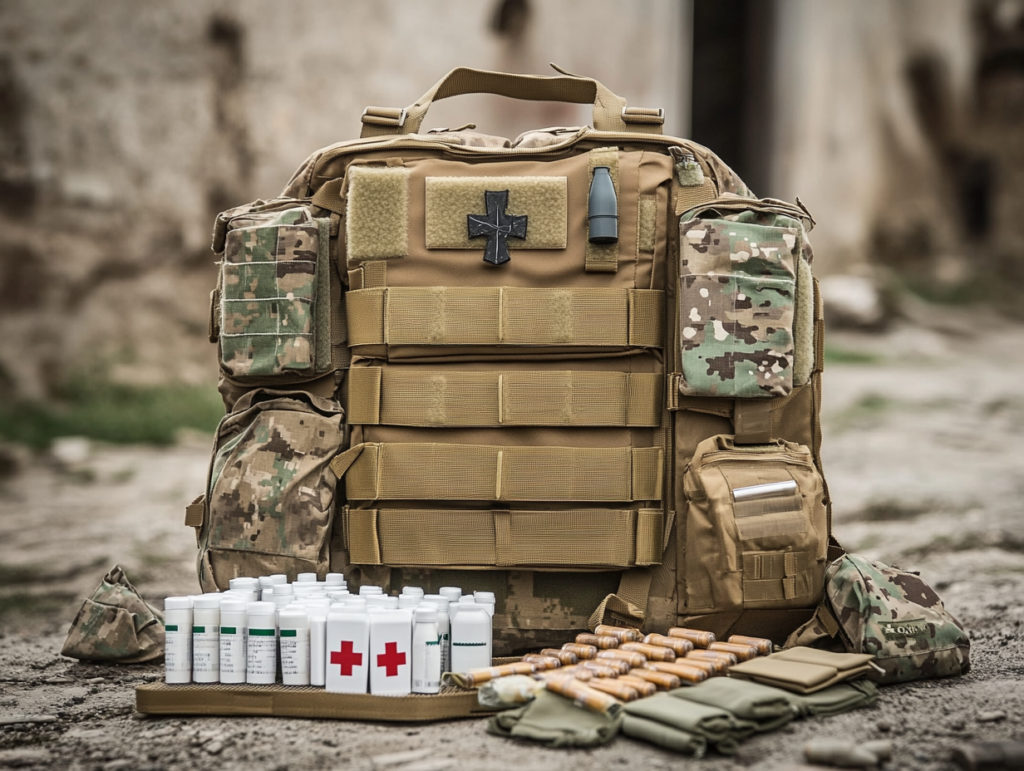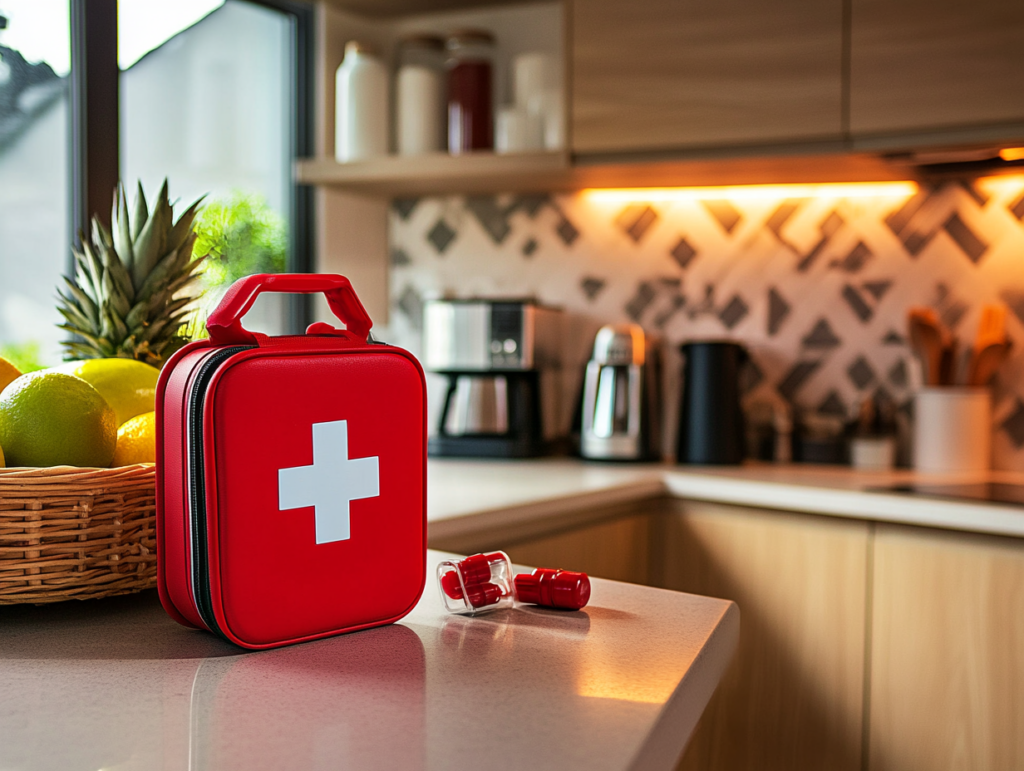First aid kits are crucial tools in emergencies, and their quality and reliability directly impact user safety. EVA (Ethylene-Vinyl Acetate) first aid kits have become a popular choice due to their lightweight, durability, and waterproof properties.
This article explores the entire manufacturing process of EVA first aid kits, from raw material selection to final production, highlighting key manufacturing techniques, quality control measures, and relevant international standards.
Selection and Procurement of Raw Materials
Choosing EVA Materials
EVA serves as the primary material for first aid kits, and its quality determines the overall performance of the final product. High-quality EVA materials should possess the following characteristics:
Environmental Compliance: Meeting international environmental standards such as RoHS (Restriction of Hazardous Substances) and REACH (Registration, Evaluation, Authorization, and Restriction of Chemicals).
RoHS restricts the use of hazardous substances like lead, mercury, and cadmium, while REACH ensures that chemical substances undergo evaluation to guarantee safety for both humans and the environment.
Elasticity and Toughness: EVA must offer excellent elasticity and toughness to absorb impact and protect the contents inside. Tests for these properties follow ASTM D412 (tensile properties of rubber materials) and ASTM D624 (tear strength of rubber materials).
Waterproof Performance: EVA naturally exhibits superior waterproof properties, preventing moisture penetration. Waterproof testing follows ISO 811 (testing for water penetration resistance in textiles).
Selecting Additional Materials
Besides EVA, other materials like nylon and PVC contribute to the durability and functionality of the first aid kit:
- Nylon: Used for shoulder straps or inner linings, it must be strong and wear-resistant. Testing follows ISO 13934-1 (tensile properties of textiles) and ASTM D3884 (abrasion resistance of textiles).
- PVC: Used for waterproof layers or sealing strips, it should be flexible and weather-resistant. Testing follows ISO 4611 (weather resistance of plastics) and ASTM D2240 (hardness of rubber and plastics).
Procurement Process
Material procurement follows strict quality control measures. The procurement team selects suppliers based on design requirements and conducts sample testing on each batch of materials to ensure compliance with production standards.
Only materials that pass the tests proceed to the manufacturing stage.
Manufacturing Process
Injection Molding
Injection molding plays a key role in shaping EVA first aid kits. EVA material is heated until it melts, then injected into a mold to cool and form the kit’s structure. Careful control of temperature, pressure, and timing ensures product quality.
- Mold Design: The mold determines the shape and structure of the first aid kit. Precision machining ensures every detail meets design specifications. ISO 2768 (general tolerances) and ISO 8015 (geometrical tolerances) serve as reference standards.
- Injection Parameters: Temperature, pressure, and cycle time must be carefully managed. ISO 294 (testing standard for injection molding of plastics) provides guidelines.
- Cooling and Demolding: After injection, products must cool properly before removal from the mold. Overcooling reduces efficiency, while insufficient cooling may cause deformation.
Heat Pressing and Assembly
Heat pressing allows EVA to bond seamlessly with other materials like nylon and PVC, forming a durable and waterproof structure.
- Heat Pressing Temperature and Duration: Proper heat and time settings are essential. Testing follows ISO 11357 (thermal properties of plastics).
- Assembly Process: EVA and additional materials undergo high-temperature pressing to form strong, waterproof connections. This method enhances both durability and water resistance.
Automated Production Line
Modern EVA first aid kits benefit from automated manufacturing processes, which improve efficiency and consistency.
- Automated Injection Molding Machines: These machines maintain precise control over injection parameters to ensure uniform product quality.
- Automated Heat Pressing Equipment: Pre-programmed settings guarantee accurate pressing and bonding.
- Automated Inspection Systems: Integrated monitoring systems ensure real-time quality control throughout the production process.
Quality Control
Compression Testing
First aid kits may experience external pressure during use, so compression resistance is a key quality factor.
- Testing Method: A pressure testing machine applies force to the kit, checking for deformation. A qualified product maintains its shape under pressure.
- Testing Standard: ISO 2234 (compression test for packaging) defines the required performance criteria.
Waterproof Testing
Waterproofing is a primary feature of EVA first aid kits, and rigorous testing ensures moisture resistance.
- Testing Method: The kit is submerged in water under controlled pressure to detect leaks. A high-quality kit remains dry inside.
- Testing Standard: IPX7 (waterproof rating) specifies that the product must function normally after being submerged 1 meter underwater for 30 minutes.
Abrasion Testing
First aid kits face friction and wear over time, making abrasion resistance an important factor.
- Testing Method: An abrasion testing machine simulates long-term use by rubbing the kit’s surface. A durable kit withstands extensive friction without significant wear.
- Testing Standard: ASTM D3884 (abrasion resistance of textiles) sets the benchmark for durability.
Final Inspection
Each first aid kit undergoes a final inspection, including visual checks and functional testing, to ensure it meets design specifications. Only products that pass all tests proceed to the packaging stage before reaching customers.
Conclusion
From raw material selection to final production, every stage of EVA first aid kit manufacturing is crucial. Through strict material selection, advanced production techniques, and comprehensive quality control, these first aid kits achieve high-performance standards while meeting environmental requirements.
Whether for outdoor adventures, emergency response, or everyday use, EVA first aid kits provide reliable protection for users.


